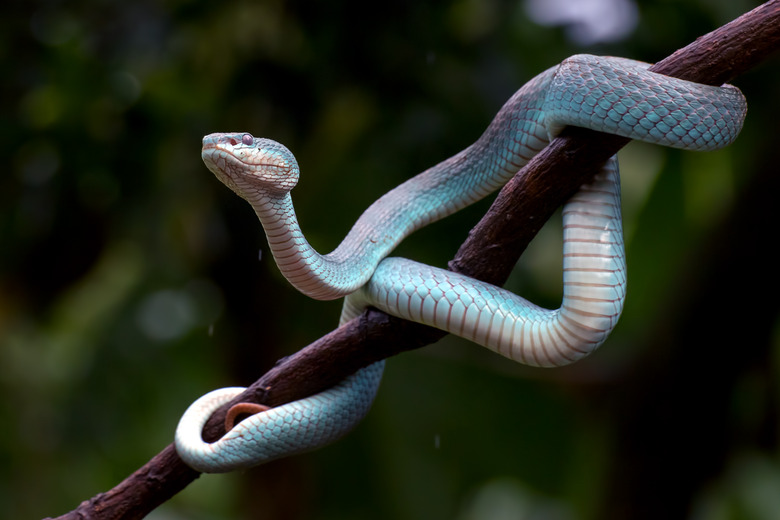Can A Snake Yawn? Why Do Snakes Yawn? Do Snakes Yawn?
Why do snakes yawn? While it could mean they are tired or bored as it does in cats, it more often means they are stretching their mouth wide enough to accommodate a large meal. After eating, they may open their mouth again to help the meal go down. This mouth gaping, as it is called, is necessary because snakes often eat prey larger than their mouth.
Applying human behavior to animals
Applying human behavior to animals
Since animals can't talk to us and explain why they do the things they do, we try to figure it out for ourselves. One way we do that is by applying what we know based on human behavior. For example, we know humans yawn when they're tired or bored, so we assume that's why animals yawn too. Scientists call this "anthropomorphising," which means using human explanations for animal behavior. Does mouth gaping mean a snake is tired or bored? Researchers don't really know how snakes express tiredness or boredom, so it is possible they express those feelings by yawning.
Before and after eating
Before and after eating
Researchers dug deeper to learn more about mouth gaping in snakes and discovered that snakes did this yawning motion most often surrounding their meals. Snakes often eat prey that is significantly larger than their mouth or head, so mouth gaping enables them to adjust their jaws and stretch the mouth opening to accommodate large prey. Unlike other animals that tear their prey into manageable pieces before eating them, snakes swallow their prey whole.
The snake's lower jaw is connected by ligaments that can stretch to make it wider. Swallowing prey takes some time, as the snake "walks" its jaws over the prey's body, pushing it down the throat and into the stomach. A snake's ribs are only attached at the spine, not at the front, so the ribs can expand while the body grows as much as four times its original size. Depending on the size of the animal eaten, snakes may digest it over many days or weeks and will not need to eat again during that time. Mouth gaping after appearing to swallow actually continues to push the prey into the stomach.
Sensing and smelling the environment
Sensing and smelling the environment
Sometimes, yawning accompanies the snake's motion of flicking the tongue in and out. When doing this, the tongue crosses the Jacobson's organ, which is connected to the brain via part of the olfactory nerve. Named for the Danish surgeon who described it in a variety of animals in 1803, it is highly developed in snakes and lizards, while other animals have completely lost the use of it. Using their nasal passages and their Jacobson's organ, snakes can tell if prey is nearby, and they receive clues as to what it is. Rodents give off different scents and chemicals than small deer, for example.
Respiratory or other illness
Respiratory or other illness
A snake opening and flexing the mouth could also be a sign of illness. Is it anthropomorphising to assume they can't breathe through their nose because they have a cold? Maybe, but researchers report that it is common for snakes with pneumonia to blow bubbles through their mouth and nose and open their mouth more frequently as mucous builds. Healthy snakes do not mouth gape repeatedly, however, and one that does should see a vet to rule out an infection or other illness.
Stretching feels good
Stretching feels good
Snakes also appear to enjoy stretching separately from when they eat. Along with a full body stretch, they may stretch their jaw muscles too. If a snake does not appear to be "walking" food down into the stomach, isn't blowing bubbles out the nose and mouth, and isn't mouth gaping repeatedly, he's probably just enjoying a thorough stretch from mouth to tail.
References
- Australian Geographic: Why Do Snakes Yawn?
- Reptile Kingdoms: Why Snakes Yawn
- Science ABC: How Do Snakes Digest Their Food Without Chewing it First?
- U.S. National Library of Medicine: Cureus: The Human Vomeronasal (Jacobson's) Organ: A Short Review of Current Conceptions, With an English Translation of Potiquet's Original Text
